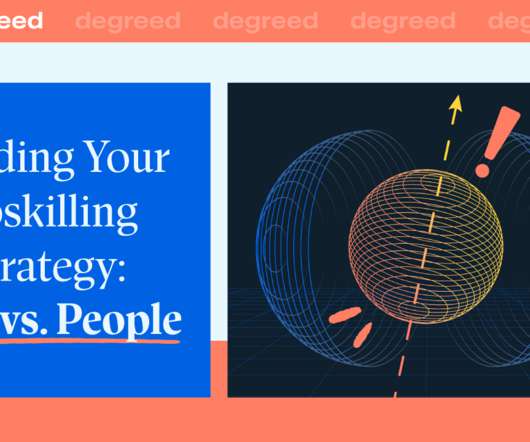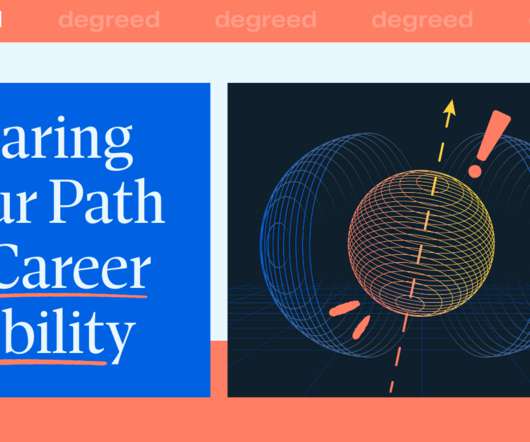The changing Web
Learning with e's
AUGUST 24, 2012
Almost everyone, it seems, is using some element of social media in the planning, development, delivery, management or evaluation of teaching and learning. has spawned concepts such as folksonomy, ‘Darwikianism’ and the ‘wisdom of the crowds’ (Kamel Boulos et al, 2006). Delicious, Diigo), microblogs such as Twitter, mashups (e.g.




















Let's personalize your content